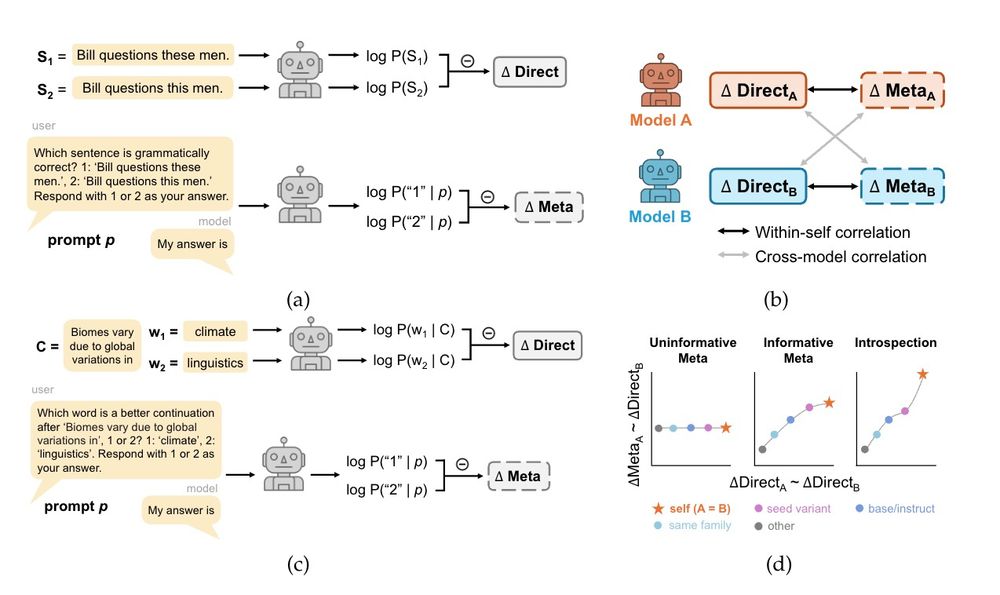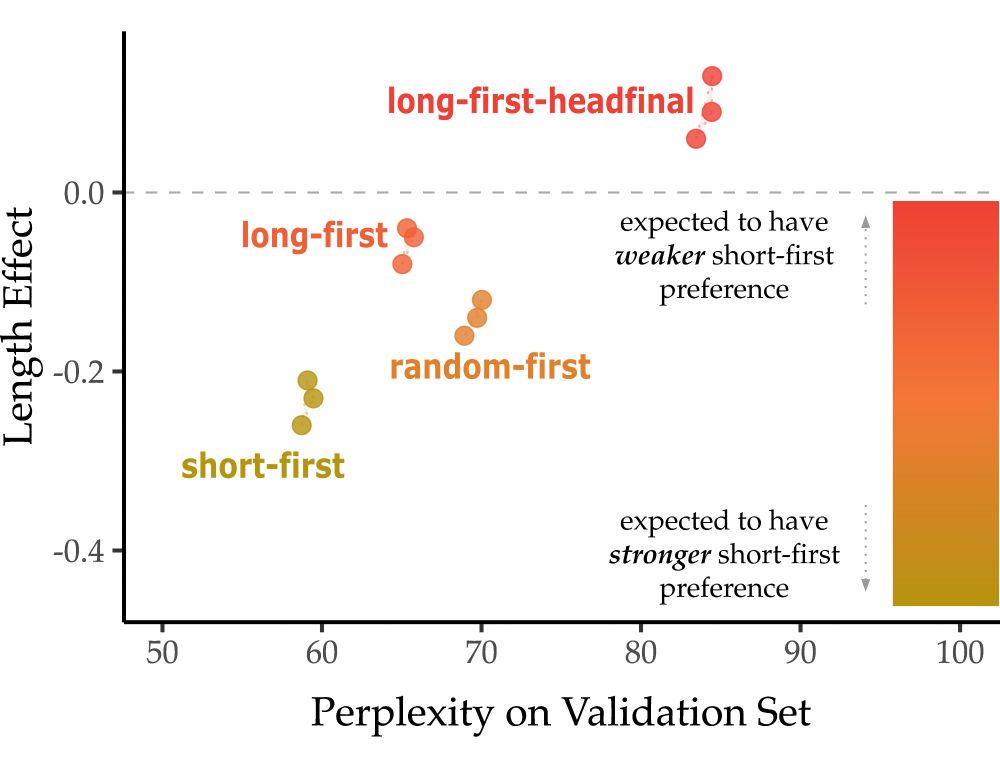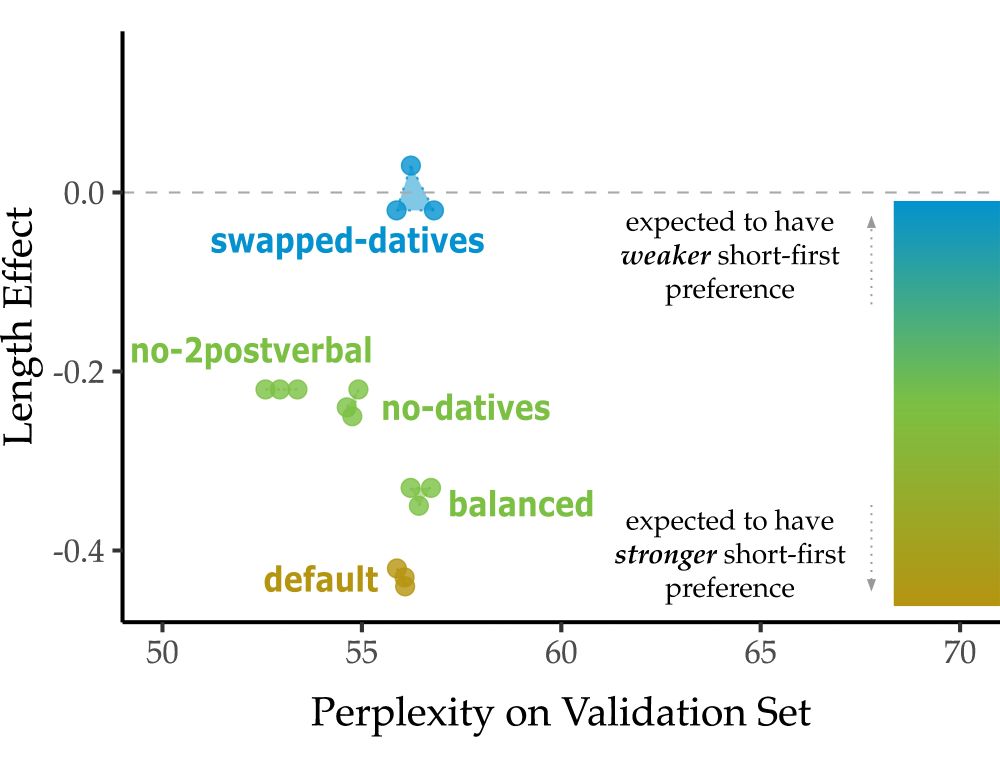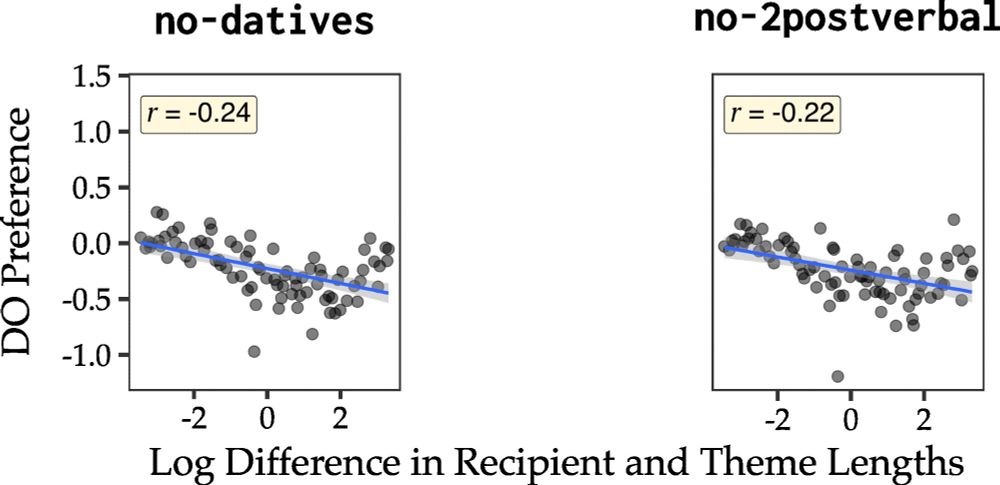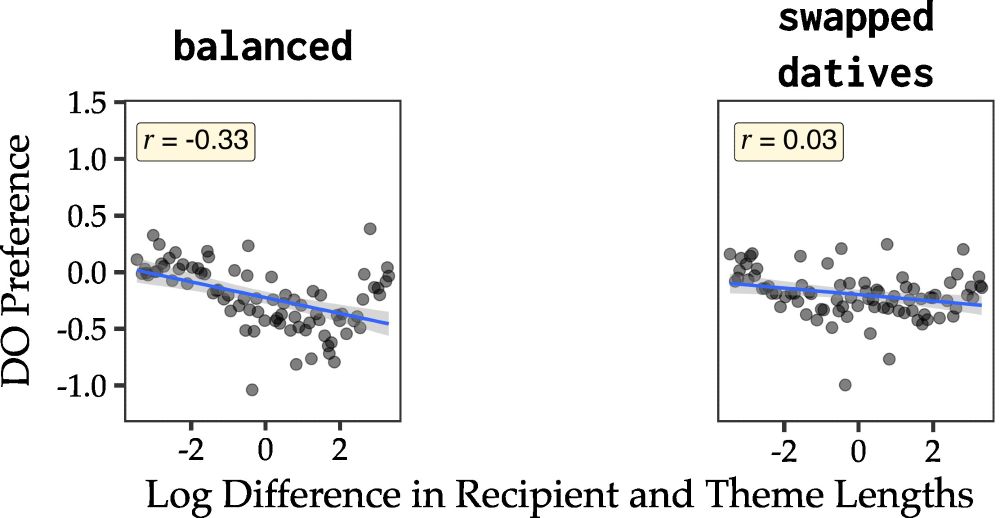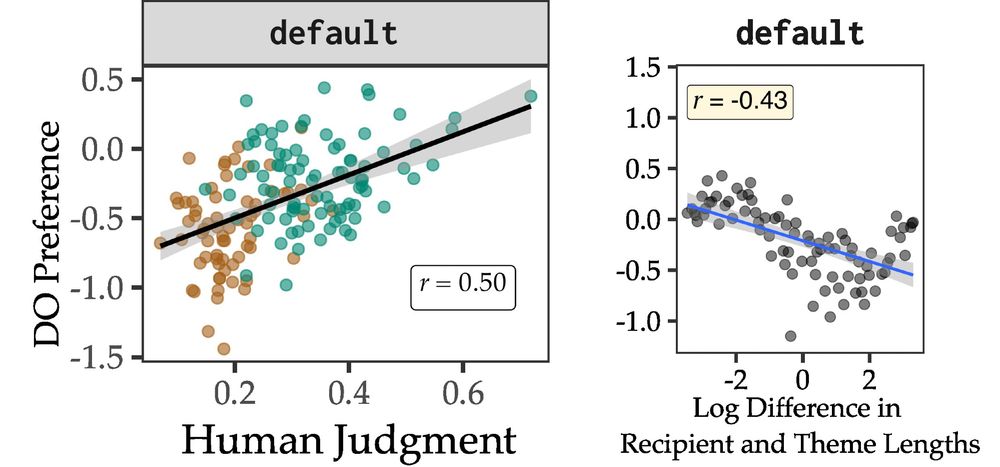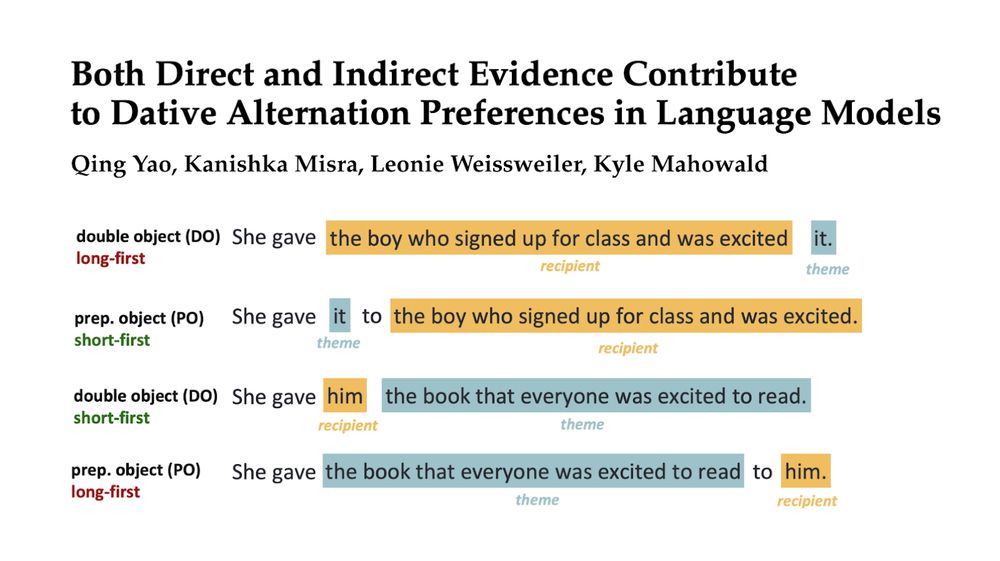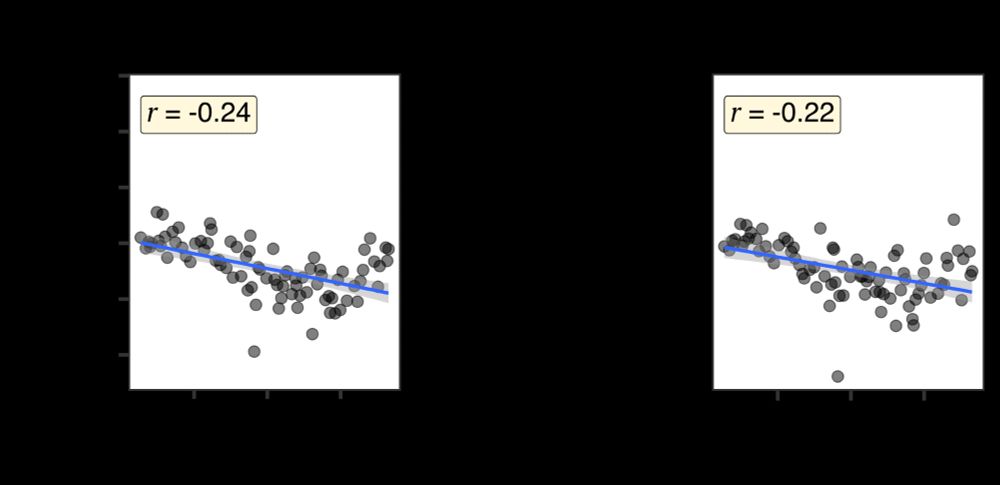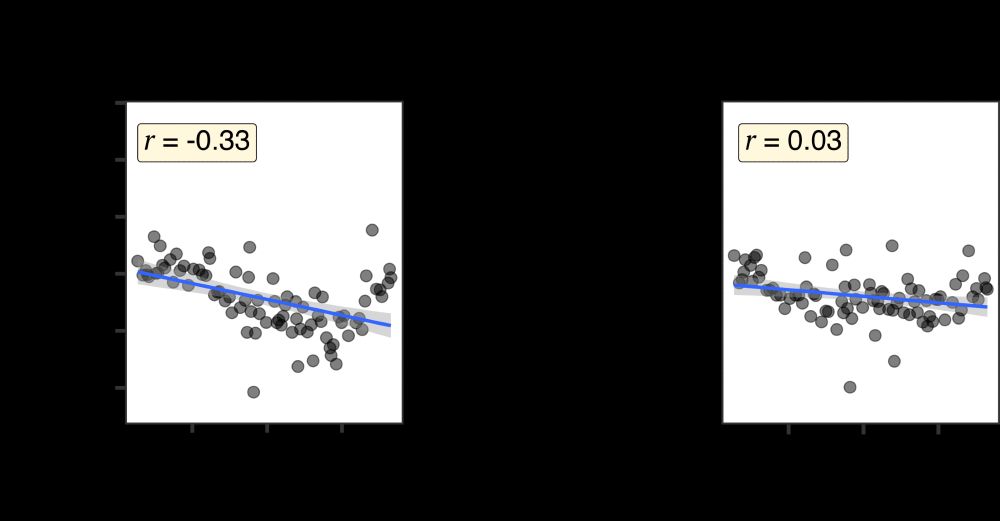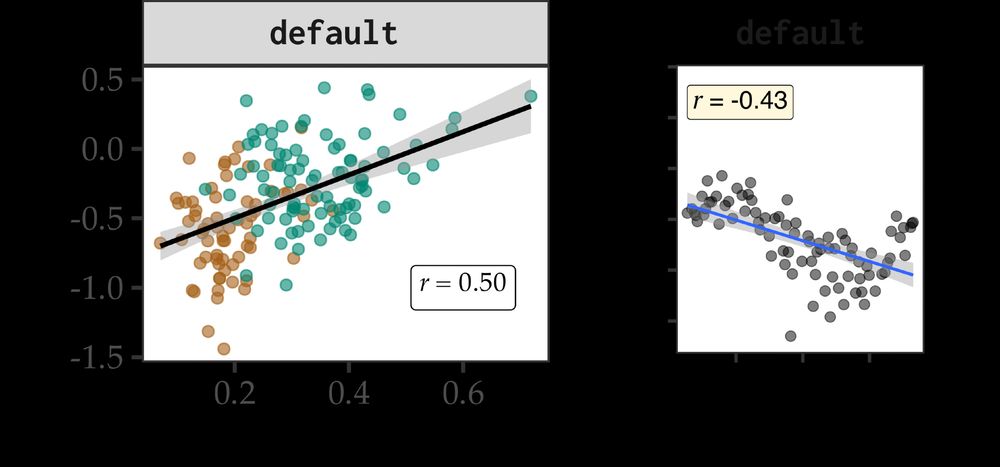Posts
Media
Videos
Starter Packs
Reposted by Qing Yao
Reposted by Qing Yao
Reposted by Qing Yao
Reposted by Qing Yao
Qing Yao
@qyao.bsky.social
· Mar 31
Qing Yao
@qyao.bsky.social
· Mar 31
Qing Yao
@qyao.bsky.social
· Mar 31
Qing Yao
@qyao.bsky.social
· Mar 31
Qing Yao
@qyao.bsky.social
· Mar 31
Qing Yao
@qyao.bsky.social
· Mar 31
Qing Yao
@qyao.bsky.social
· Mar 31


